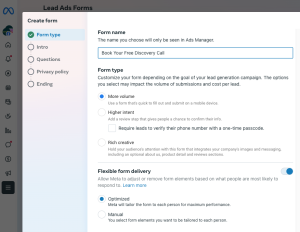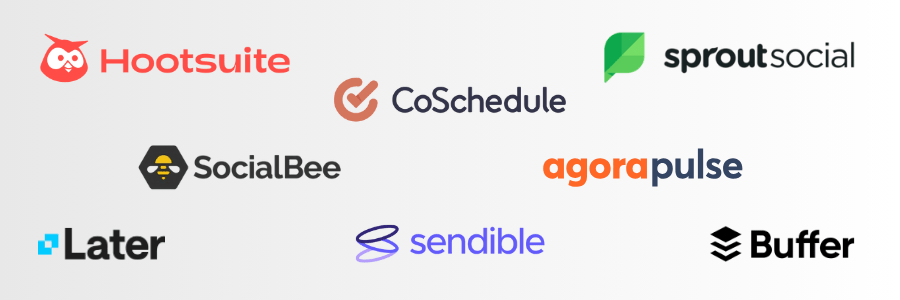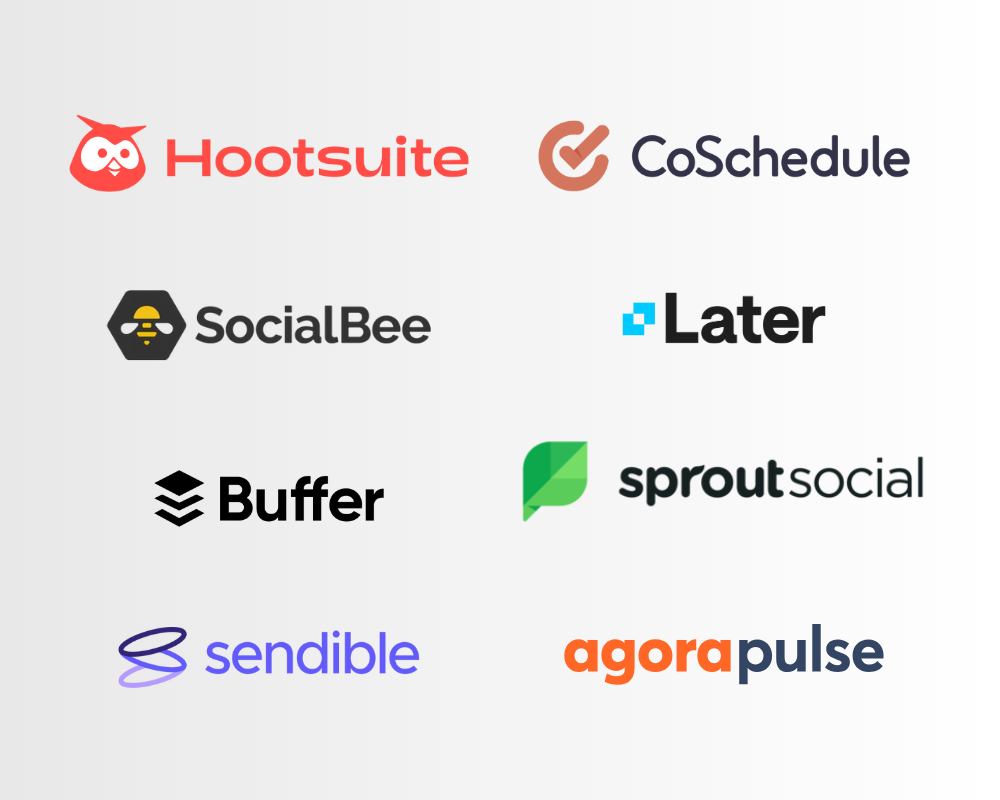01

Social media initially began as a platform primarily for friends and family members to connect, but over the years, it has evolved into a crucial space for businesses to market their products and services. While the practice of social media marketing has evolved and matured for businesses, especially with the rise of Artificial Intelligence (AI), certain common myths and misconceptions surrounding social media as a marketing tool persist.
myth #1: it’s not possible to generate leads using social media
Social media marketing takes time. You need to build a presence, grow a community, and stay consistent. It works best when used strategically and with realistic expectations. Whatever your goals , you need to plan to be in it for the long haul. That said, tools like Meta Lead Ad forms make it easier than ever to capture high-quality leads directly in the platform – no website needed.

myth #2: it’s okay not to have a plan
When it comes to social media, it’s essential to plan ahead. You should create an editorial calendar at least a month in advance. On the way to building a social media strategy, answer the question, “Who is my audience?” and “What channels is my audience active on?”
From there, determine what unique features on each social channel will be helpful in achieving your goals (like the ability to target paid ads so specifically on Facebook). When it comes to creating content, ask yourself, “What can we say of value to someone that they’d want to interact with?”
myth #3: you must be on every social media platform and post multiple times a day
You should only devote time and resources to the platforms that align most with your audience and marketing tactics. If you’re just starting out, research social networks. You will be wasting your time and possibly money using a social media platform if your ideal clients aren’t using it.
Social media’s power is its ability to help you connect and build relationships with your ideal clients. Why would you want to put time and effort into a platform where your community is not active or there at all? Stretching yourself too thin over too many platforms can actually hinder your ability to build relationships and see results on any given platform. Doing social well requires spending time creating great content and also engaging in conversations with your community.
This also applies to the amount of times a day you post on social media. While it’s important to post consistently to keep audiences engaged, you don’t have to post multiple times a day. Once per day is optimal, with a maximum of two posts per day.
myth #4: it’s free to market on social media
While it’s free to join, you’ll still need to invest time in building your social brand. It’s a smart investment, as it can give your business more attention and engagement. Fortunately, organic social media remains one of the most cost-effective ways to advertise. However, if you’re looking to boost your awareness on social media platforms, you can use paid options – like boosting posts or running Meta Ad campaigns – to better target your specific audience.
myth #5: video marketing is a trend
Due to the rise in the number and use of mobile devices, video marketing has grown as a content strategy over the past several years. Stories have become Instagram and Facebook’s most prominent feature to date, while TikTok has become another avenue to advertise brands. Among millennials, two-thirds of social media users stated engaging with a brand after watching a video posted on social media. More than three-quarters of all businesses using video marketing are seeing results.
myth #6: influencer marketing won’t sway consumers
Influencer marketing is a form of social media marketing where businesses or brands partner with popular social media content creators to promote their products or services. With the rise of platforms like TikTok, social media influencers are bigger now than ever. However, in 2025, authenticity is key for brands. Instead of consumers listening to endorsements by celebrities, they want real reviews from real people. So, now, when you think of the potential of using influencer marketing, enlist the help of genuine influencers who have faith in your product or service.
myth #7: don’t use third-party platforms because they harm visibility
There is not enough data or sources to make this claim. Third-party social media publishers like Sprout Social can’t directly harm your third-party platforms. In reality, there are multiple variables that can affect engagement. All social media algorithms are changing constantly, meaning different elements can determine whether your posts will hit your target audience.


myth #8: only young people use social media
Think that the only people on social media are Gen Z and millennials? Think again. In 2019, over 2.39 billion people worldwide were active on social media.
82% of Boomers who use the internet also have at least one social media account. Their platforms of choice are Facebook and LinkedIn. They are 19% more likely to share content compared to any other generation. Despite that, they are the least likely to access social media from a smartphone or make a purchase through an app.
Besides sharing content about their families on Facebook and searching for information on LinkedIn, 54% of Boomers watch video content. Adoption rates for Baby Boomers are continuing to increase as their comfort with social media grows.
Today, it seems like there’s a social platform for everything and everyone. Odds are, at least one social media platform has an audience that will align with your brand.
myth #9: AI will replace social media marketing roles
AI can be used as a tool for social media marketers instead of replacing them. When used ethically and responsibly, AI can help streamline different processes, from scheduling and posting. And in times of creative fatigue, AI can inspire an efficient brainstorming process. However, you should not rely on AI to write or develop all of your content, as this can lead to generic messaging that doesn’t capture your brand’s personality.
myth #10: hashtags are essential for every post
The point of hashtags is to join together common conversation threads. They can help you find followers that align with your brand. So, while it’s nice to have a hashtag for an event, like a webinar or a trade show, don’t lose your mind if it doesn’t become a trending topic. They’re also a useful tool for tapping into local, regional, or national conversations when used thoughtfully.




